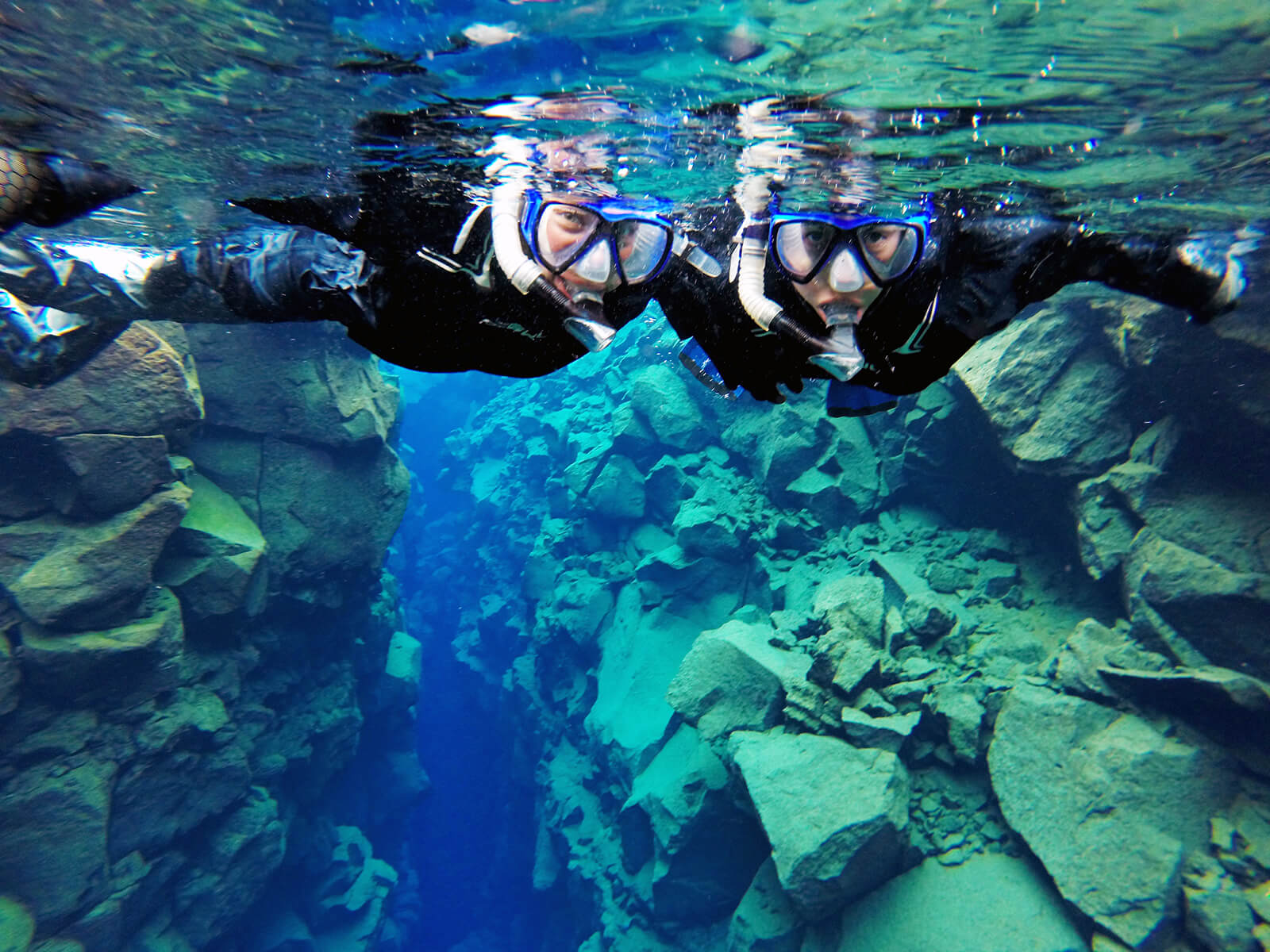
Divers have a choice of several types decompression table options. Two such tables are the Hempleman's and Air Table decompression table. Both tables have their advantages and disadvantages. These tables should be handled with care. Always use a dive guide in conjunction with the decompression Table.
Air Table decompression tables
The development of decompression tables dates back to the 1930's when the Navy's Naval Experimental Diving Unit developed the first standardized tables based on a theory. This theory stated that the human body is able to eliminate nitrogen in a linear fashion, rather than at an exponential rate. As a result, decompression tables were developed to accommodate this theory and help divers stay safe underwater.
In the beginning, divers used 'per-compartment' accounting to determine nitrogen content. This compares the different compartment gases to an M-values matrix. These values are often called 'half-times' by diving professionals, but they are mathematical expressions and not real entities. Hence, the air tables based on this method tend to be conservative in the short term, and may be incorrect for long, shallow dives.

Hempleman's Decompression Tables
Val Hempleman's decompression tables helped the Royal Navy stay on the cutting edge of deep diving technology and saved many lives. Hempleman worked hard to overcome the "bends" during his tenure as Royal Naval Physiological Laboratory supervisor from 1968 through 1982. His research on the decompression tables was instrumental in helping a man survive for ten consecutive hours at a depth of 1.535 feet.
Hempleman modified his tables and added a variable proportion of tissue nitrogen tension to ambient. This was done in 1968. The Navy was initially resistant to Hempleman's changes, but he modified them based on his diving experience. The Navy finally adopted the revised tables in 1972.
Hempleman's revised tables of decompression
Hempleman revised the decompression tables for diving in 1968. These tables provide a variable ratio in tissue nitrogen tension to ambientpressure. These tables were not initially liked by the Navy. Hempleman changed the tables to make them more practical and the Navy adopted them in 1972.
In 1908, Haldane's first table model was published. In 1908, Haldane published the first known diving tables. He was an adventurous self-experimenter. His experimental work included animal experiments and the publication of the first British Admiralty dive table. Haldane’s recommendations were widely accepted as a clinical indicator for decompression illness.

Hempleman's modified Decompression Tables
Hempleman modified the decompression tables in 1968 to include a variable proportion of tissue nitrogen tension to ambient. However, the Navy refused to approve the changes and refused the tables' implementation. Hempleman had to amend the tables for practical use. In 1972, the U.S. Navy adopted these tables in metric units.
The British Royal Navy adopted them in 1908, and they continued to use them until the 1950s. In the same decade, U.S. Navy adopted what are now called C- and R tables. This practice became widespread in the 1980s.